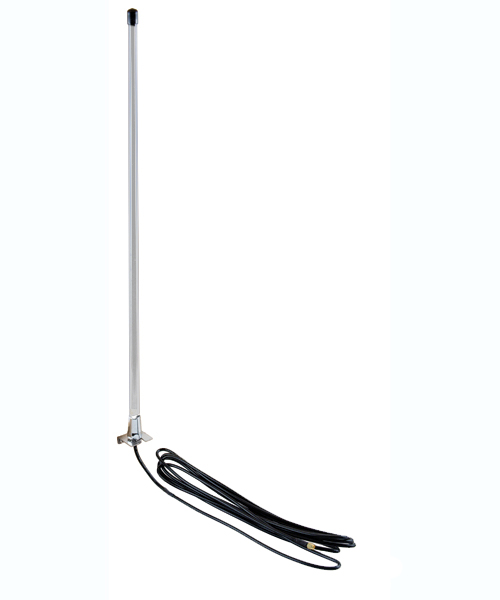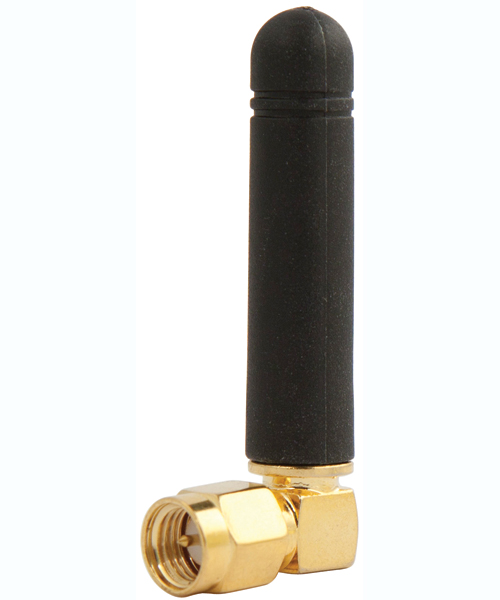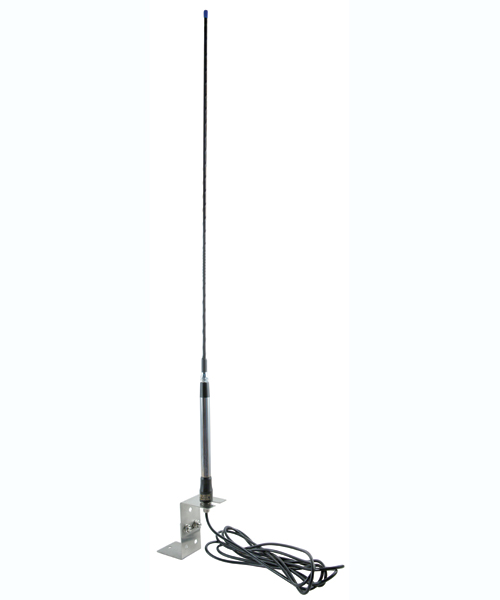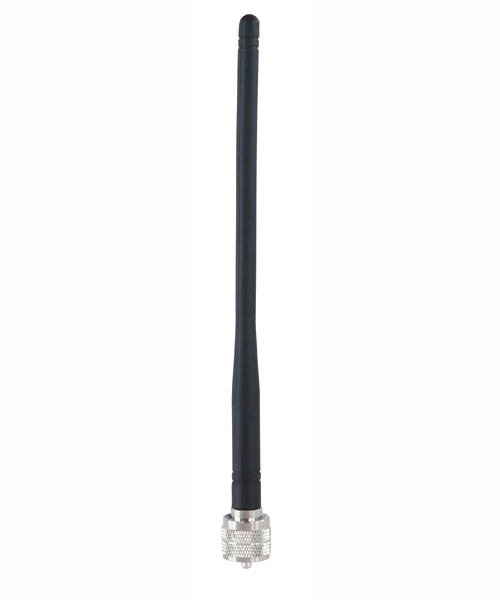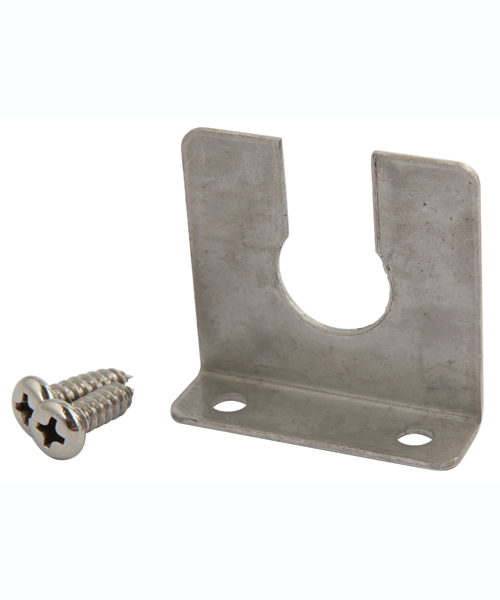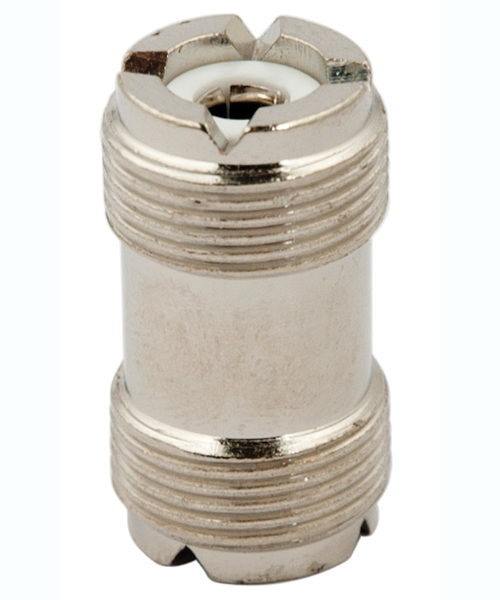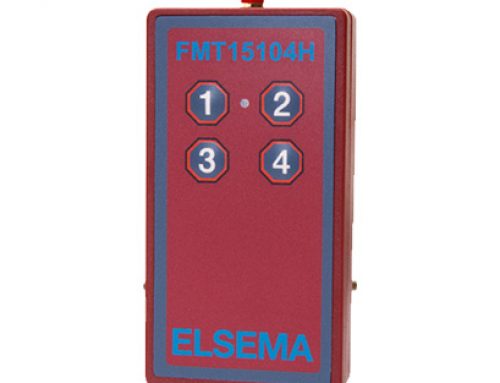Antennas, Coaxial, Connectors and Mounting brackets
Elsema has a wide range of antennas manufactured by RF engineers using the latest technology and test equipment from Rohde & Schwarz.
We have our standard antennas on 151MHz, 433MHz, 915MHz and 4G that are always in stocks. Antennas come on different frequency bands, connectors or coaxial cable can be designed to meet specific customer requirements.
915MHz antenna with SMA connector
| Part Number | 915Mini |
| Frequency | 895 to 930MHz |
| Length | 20 cm |
| Gain | 3.0 dBi |
915MHz antenna with N type connector
| Part Number | 915S-N |
| Frequency | 875 to 950MHz |
| Length | 18 cm |
| Gain | 4 dBi |
915MHz antenna with coaxial cable and SMA connector
| Part Number | ANT900LP |
| Frequency | 860 to 960MHz |
| Length | 40 mm |
| Gain | 2 dBi |
915MHz antenna with coaxial cable and SMA connector
| Part Number | ANT915S |
| Frequency | 870 to 940MHz |
| Length | 19 cm |
| Gain | 4 dBi |
High gain 915MHz antenna with cable and SMA connector
| Part Number | ANT915M |
| Frequency | 870 to 950MHz |
| Length | 65 cm |
| Gain | 6.5 dBi |
Miniature 433MHz antenna with SMA connector
| Part Number | 433Micro |
| Frequency | 433 to 435 MHz |
| Length | 45 mm |
| Gain | 0 dBi |
Mini 433MHz antenna with SMA connector
| Part Number | 433Mini |
| Frequency | 433 to 440 MHz |
| Length | 18 cm |
| Gain | 1 dBi |
433MHz antenna with N connector
| Part Number | 433S-N |
| Frequency | 425.00 to 442.50MHz |
| Length | 38 cm |
| Gain | 4.5 dBi |
433MHz Low Profile antenna with cable and SMA
| Part Number | ANT433LP |
| Frequency | 430 to 440MHz |
| Length | 40 mm |
| Gain | 2 dBi |
433MHz antenna with coaxial cable and SMA connector
| Part Number | ANT433S |
| Frequency | 425.00 to 442.50MHz |
| Length | 38 cm |
| Gain | 4.5 dBi |
Miniature 151MHz antenna with SMA termination
| Part Number | 151Mini |
| Frequency | 150.50 to 153.00MHz |
| Length | 19 cm |
| Gain | 0 dBi |
151MHz antenna with PL259 connector or SMA connector
| Part Number | 151S |
| Frequency | 149.5 to 152.5MHz |
| Length | 21 cm |
| Gain | 1 dBi |
151MHz antenna with coaxial cable and PL259 connector
| Part Number | ANT151S |
| Frequency | 149.50 to 152.5MHz |
| Length | 21 cm |
| Gain | 1 dBi |
Coaxial cable with PL259 connection
| Part Number | Description |
| AB1.5PL | 1.5m coaxial cable with PL259 connection |
| AB3.6PL | 3.6m coaxial cable with PL259 connection |
| AB5.0PL | 5.0m coaxial cable with PL259 connection |
| AB7.5PL | 7.5m coaxial cable with PL259 connection |
| AB10PL | 10m coaxial cable with PL259 connection |
Coaxial cable with SMA connection
| Part Number | Description |
| AB1.5SMA | 1.5m coaxial cable with SMA connection |
| AB3.6SMA | 3.6m coaxial cable with SMA connection |
| AB5.0SMA | 5.0m coaxial cable with SMA connection |
| AB7.5SMA | 7.5m coaxial cable with SMA connection |
| AB10SMA | 10m coaxial cable with SMA connection |
Coaxial cable suitable up to 300MHz
| Part Number | Description |
| RG58C/U | 50Ohms Coaxial Cable suitable up to 300MHz, per metre |
| RG58C/Uroll | 50Ohms Coaxial Cable suitable up to 300MHz, 100 metre roll |
Low loss cellfoil coaxial cable suitable above 300MHz
| Part Number | Description |
| RG58 | 50Ohms Low Loss Cellfoil Coaxial Cable suitable above 300MHz, per metre |
| RG58roll | 50Ohms Low Loss Cellfoil Coaxial Cable suitable above 300MHz, 100 metre roll |
Mounting Bracket

| Part Number | Description |
| MBLarge | Large Mounting Bracket |





